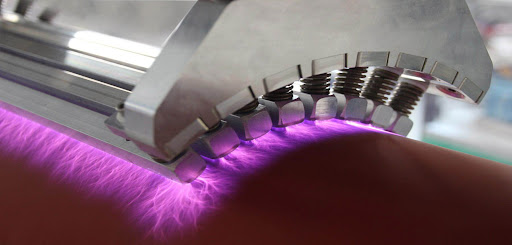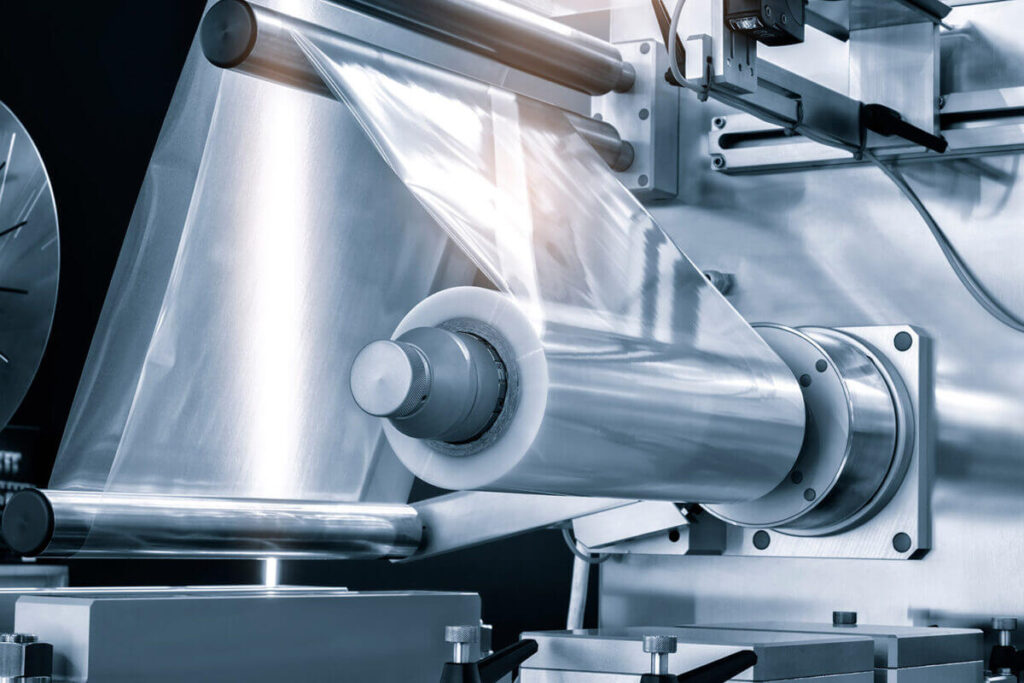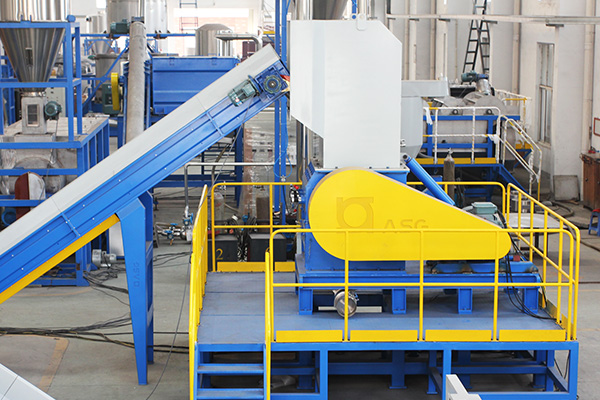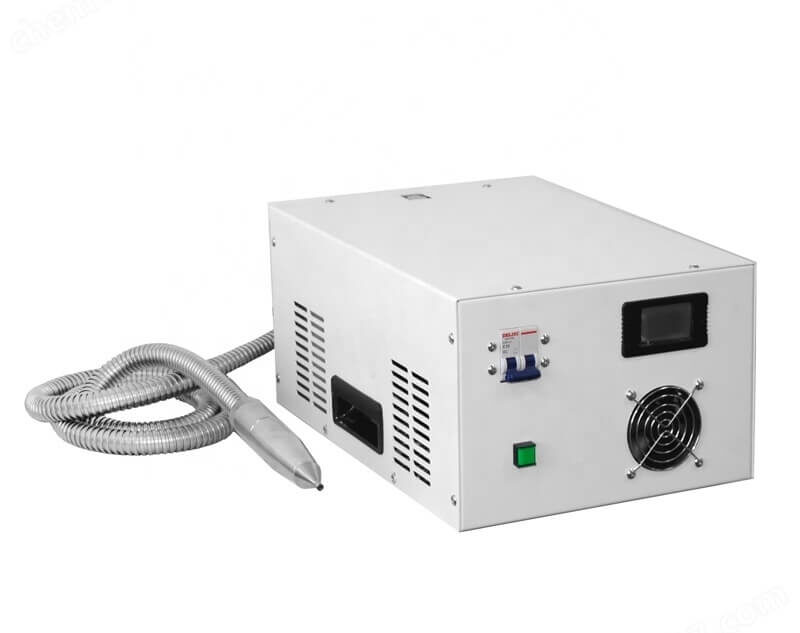Plastic film surface treatment technology
Surface treatment of plastic films is an important process to improve performance and performance. Material function. It involves modifying the surface properties of the film to improve its adhesion, printability and barrier properties. There are a variety of surface treatment technologies available, each with its own benefits and applications.
1.Corona Treatment
This method involves exposing the plastic film to a high voltage discharge, which creates a corona discharge on the surface. The corona discharge makes the surface more polar, increasing its surface energy and improving its wettability. This in turn enhances the film’s adhesion to inks, coatings and adhesives.
Corona treatment is widely used in the packaging industry and is essential to ensure that labels and coatings adhere properly to plastic films.

2.Flame Treatment
In this method, the plastic film is passed through a flame, which oxidizes the surface and increases its surface energy. Flame treatment is particularly effective for treating polyolefin films such as polyethylene and polypropylene that are difficult to treat with other methods.
The increase in surface energy improves the printability and adhesion of the film, making it suitable for applications such as printing, laminating and coating.
3.Plasma Treatment
Plasma is a highly ionized gas that can be used to modify the surface properties of a variety of materials. Therefore, in plasma treatment, the plastic film is exposed to a low-pressure plasma, which bombards the surface with ions and free radicals. This results in the formation of functional groups on the surface, which enhances its adhesion and printability.
This property makes plasma treatment widely used in the electronics industry, where improving the adhesion of conductive inks and coatings to plastic films is important.

4.Other Methods
In addition to these techniques, there are other methods that can be used to treat the surface of plastic films. These methods include chemical treatment (treating the film with chemicals to change its surface properties) and corona discharge treatment (exposing the film to corona discharge in a controlled environment). Each of these techniques has its own advantages and applications, and the choice of method depends on the specific requirements of the application.
In summary, surface treatment of plastic films is a key process to improve their performance and functionality. Different techniques such as corona treatment, flame treatment, and plasma treatment can be used to change the surface properties of the film.

These techniques improve the adhesion, printability, and barrier properties of the film, making it suitable for a wide range of applications. The choice of technology depends on the specific requirements of the application, and each method has its own advantages and applications.
By understanding the different surface treatment techniques, manufacturers can ensure that their plastic films meet the required performance standards.
